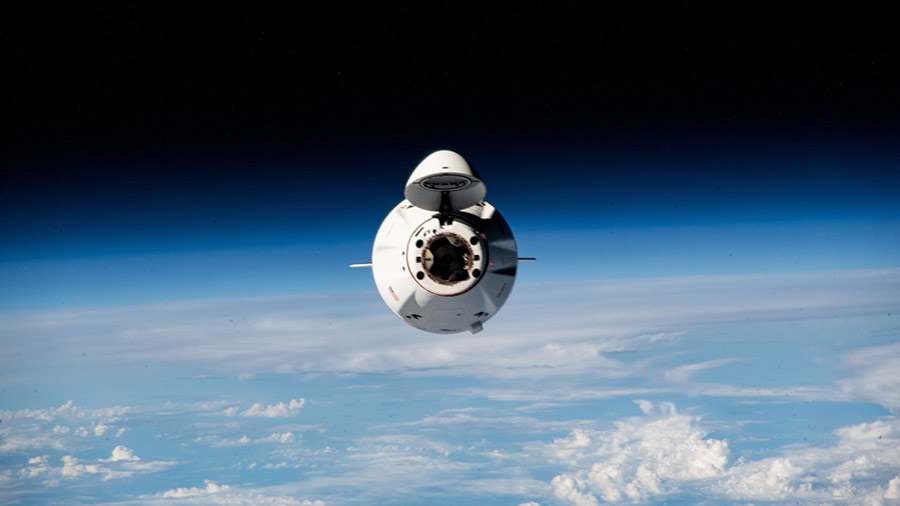
A STEMonstration, station upkeep, and routine hearing assessments kept the Expedition 70 crew busy on Wednesday. The seven orbital residents split up duties aboard the International Space Station as they continue their microgravity research missions into the new year.
NASA Flight Engineer Jasmin Moghbeli began her day recording a STEMonstration for teachers and students grades 5-8, demonstrating how to use a microscope for cell research aboard the station. To connect with students and teachers around the world, crew members will routinely record short three- to five-minute educational videos that demonstrate popular STEM topics in microgravity. Afterward, Moghbeli moved onto some station and spacesuit upkeep to install restraint straps and stowage bags on spacesuits that will be used for upcoming spacewalks this year, and perform inspections of various modules around the station.
Experiencing 16 sunrises and sunsets per day can affect crew members’ circadian rhythms while in low-Earth orbit. To counter this, the Circadian Light investigation tests a new lighting system to help astronauts maintain an acceptable circadian rhythm, which could in turn boost cognitive performance. ESA (European Space Agency) Commander Andreas Mogensen began his day performing a Circadian Light assessment before moving into surveying various station segments to send to grounds teams for assessments of station configuration.
JAXA (Japan Aerospace Exploration Agency) Flight Engineer Satoshi Furukawa focused his day on prepping the Life Sciences Glovebox for upcoming research and measuring acoustic levels within the orbiting laboratory.
Near the end of the day, NASA Flight Engineer Loral O’Hara was joined by cosmonauts Oleg Kononenko, Nikolai Chub, and Konstantin Borisov to complete routine hearing assessments using specially designed space software to measure auditory function while exposed to the microgravity environment.
Kononenko also spent part of his day removing and replacing hardware in the Zvezda service module and running the 3D printer once more, while Borisov picked back up on inventory audits that began yesterday.
Learn more about station activities by following the space station blog, @space_station and @ISS_Research on X, as well as the ISS Facebook and ISS Instagram accounts.
Get weekly video highlights at: https://roundupreads.jsc.nasa.gov/videoupdate/
Get the latest from NASA delivered every week. Subscribe here: www.nasa.gov/subscribe









